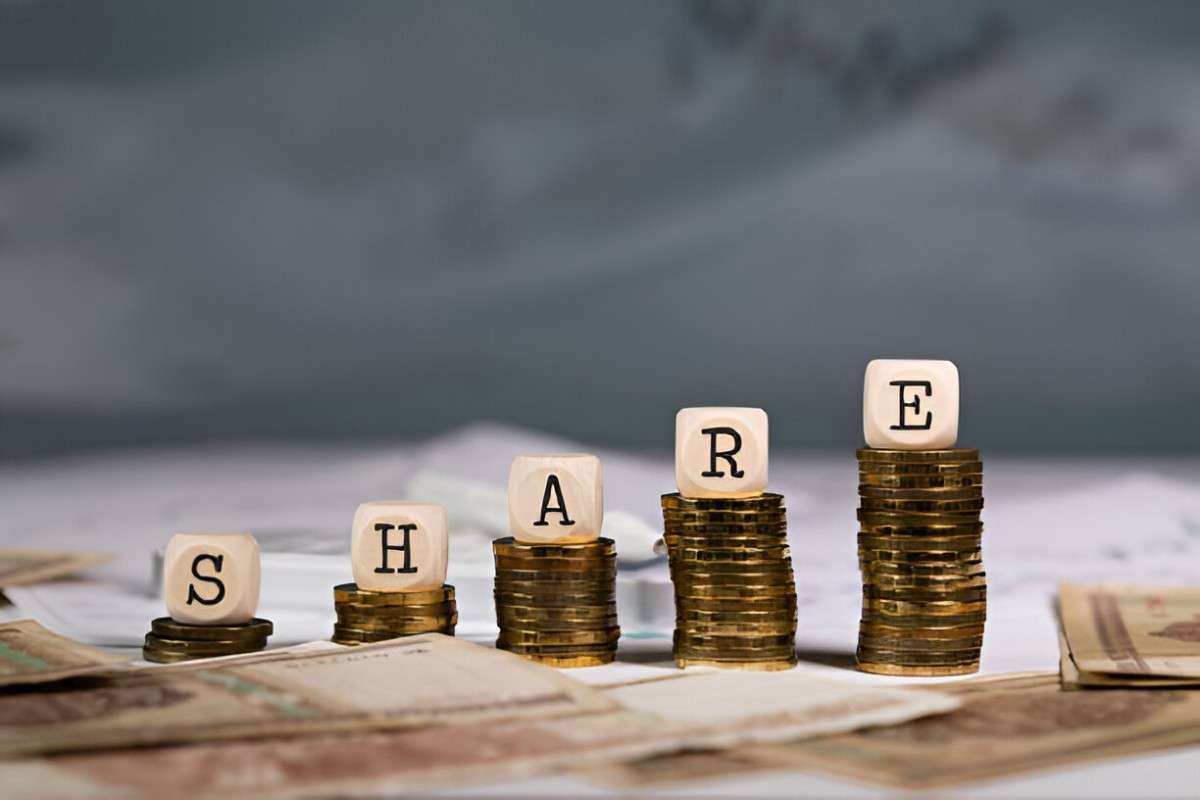As someone who has spent years navigating the world of finance and accounting, I know how confusing corporate finance terms can be for beginners. One term that often causes confusion is paid-up share capital. While it sounds technical, it’s a fundamental concept that every investor, business owner, or finance student should understand. In this guide, I’ll break it down in simple terms, provide real-world examples, and explain why it matters for businesses and shareholders.
Table of Contents
What Is Paid-Up Share Capital?
Paid-up share capital represents the portion of a company’s authorized share capital that shareholders have fully paid for. When a company issues shares, it doesn’t always receive the full payment immediately. Instead, shareholders may pay in installments. The amount already paid by shareholders is the paid-up capital, while the remaining unpaid portion is called called-up capital.
For example, if a company authorizes 1,000,000 shares at $10 each, its authorized share capital is $10,000,000. If shareholders subscribe to 500,000 shares and pay $5 per share, the paid-up share capital is:
500,000 \text{ shares} \times \$5 = \$2,500,000The remaining $5 per share is uncalled capital, which the company can request later if needed.
Why Paid-Up Capital Matters
Paid-up capital serves several key purposes:
- Financial Stability – It reflects the actual funds available to the company for operations, expansion, or debt repayment.
- Investor Confidence – A high paid-up capital indicates strong shareholder commitment, which can attract more investors.
- Legal Compliance – Many jurisdictions, including the U.S., require companies to maintain a minimum paid-up capital to ensure solvency.
Paid-Up Capital vs. Authorized Capital
A common point of confusion is the difference between authorized capital and paid-up capital. Let me clarify with a comparison:
| Feature | Authorized Capital | Paid-Up Capital |
|---|---|---|
| Definition | Maximum shares a company can issue | Shares fully paid by shareholders |
| Legal Limit | Set in the company’s charter | Cannot exceed authorized capital |
| Flexibility | Can be increased with shareholder approval | Fixed unless new shares are issued |
| Purpose | Provides room for future fundraising | Shows actual funds received |
For instance, if a startup authorizes 1,000,000 shares but only issues 200,000 shares at $2 each, its paid-up capital is $400,000, while the remaining 800,000 shares remain unissued.
How Paid-Up Capital Affects a Company’s Balance Sheet
Paid-up capital appears under shareholders’ equity on the balance sheet. Here’s a simplified example:
XYZ Corp Balance Sheet (Partial)
| Liabilities & Equity | Amount ($) |
|---|---|
| Shareholders’ Equity | |
| Common Stock (1,000,000 authorized, 500,000 issued) | 5,000,000 |
| Paid-Up Capital (500,000 shares at $10) | 5,000,000 |
| Retained Earnings | 2,000,000 |
| Total Equity | 7,000,000 |
In this case, the company has fully paid-up capital of $5,000,000, meaning all issued shares have been paid in full.
Real-World Example: Paid-Up Capital in Action
Let’s consider Apple Inc. As of its latest filings, Apple has an authorized share capital of 50.4 billion shares, but only about 16.4 billion shares are issued and outstanding. If Apple’s par value is $0.00001 per share (typical for many U.S. companies), the paid-up capital would be:
16.4 \text{ billion shares} \times \$0.00001 = \$164,000However, since Apple’s shares trade at much higher market prices, the actual funds raised are in the hundreds of billions. This shows that par value (the nominal value of shares) and market value differ significantly in large corporations.
Calculating Paid-Up Capital: A Step-by-Step Guide
Let’s say you’re analyzing a small business with the following details:
- Authorized Shares: 100,000
- Issued Shares: 50,000
- Par Value per Share: $1
- Amount Paid per Share: $5
The paid-up capital is calculated as:
\text{Paid-Up Capital} = \text{Issued Shares} \times \text{Amount Paid per Share} \text{Paid-Up Capital} = 50,000 \times \$5 = \$250,000The share premium (extra amount paid above par value) is:
\text{Share Premium} = (\text{Amount Paid} - \text{Par Value}) \times \text{Issued Shares} \text{Share Premium} = (\$5 - \$1) \times 50,000 = \$200,000This means the balance sheet will show:
- Common Stock (at par): $50,000
- Additional Paid-In Capital (APIC): $200,000
Legal and Regulatory Considerations in the U.S.
In the United States, corporations must comply with state laws regarding paid-up capital. Some states, like Delaware, have no minimum paid-up capital requirement, while others may impose small thresholds. For example:
| State | Minimum Paid-Up Capital Requirement |
|---|---|
| Delaware | No minimum |
| California | No minimum (but franchise tax applies) |
| New York | $1,000 for most corporations |
This flexibility makes the U.S. an attractive place for incorporation, as businesses aren’t forced to lock in excessive capital upfront.
Common Misconceptions About Paid-Up Capital
- “Paid-Up Capital Equals Market Capitalization” – No. Market cap is share price multiplied by outstanding shares, while paid-up capital is the amount shareholders have paid to the company.
- “Higher Paid-Up Capital Means a Better Company” – Not necessarily. A startup may have low paid-up capital but high growth potential.
- “Unpaid Capital Doesn’t Matter” – Uncalled capital can be a liability if shareholders refuse to pay when demanded.
Final Thoughts
Understanding paid-up share capital is crucial for investors, entrepreneurs, and finance professionals. It impacts financial statements, investor perceptions, and legal compliance. While the concept is simple, its implications are far-reaching.





